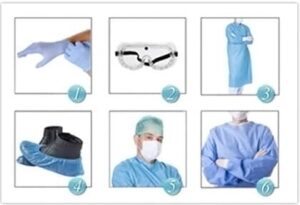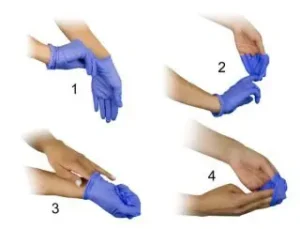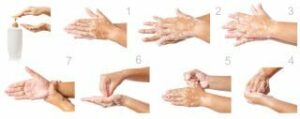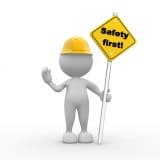CPR, First Aid, BLS, ACLS, PALS certifications.
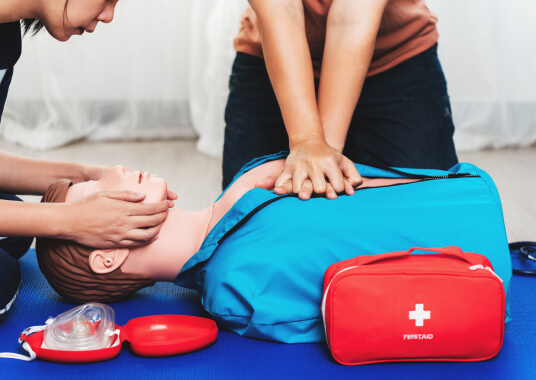
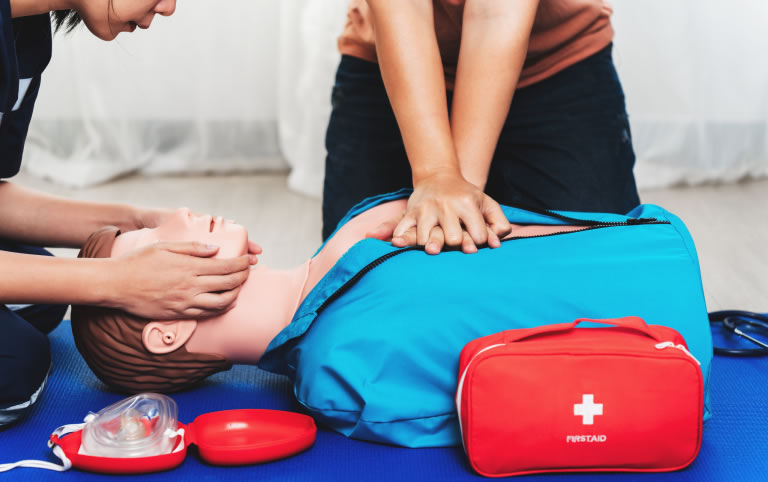
First Aid is the primary medical care given to an ill or injured person until the paramedics arrive and take charge. The First Aid course we provide is easy to follow with video instructions. Join now for earning CE credit hours and a printable wallet card after passing the test.
$14.95 $24.90
| Chapters | CE Credits | Validity | Cost | Duration | ECC | Exam Attempts | Wallet Card |
|---|---|---|---|---|---|---|---|
| 13 | 2.0 | 2 Years | $14.95 | 1-2 Hrs | Compliant | Unlimited | Download/Print/Mail |
It is important to always check the scene and ensure your safety first. Remember that dialing 9-1-1 is one of the most important steps you can take to save another’s life.
